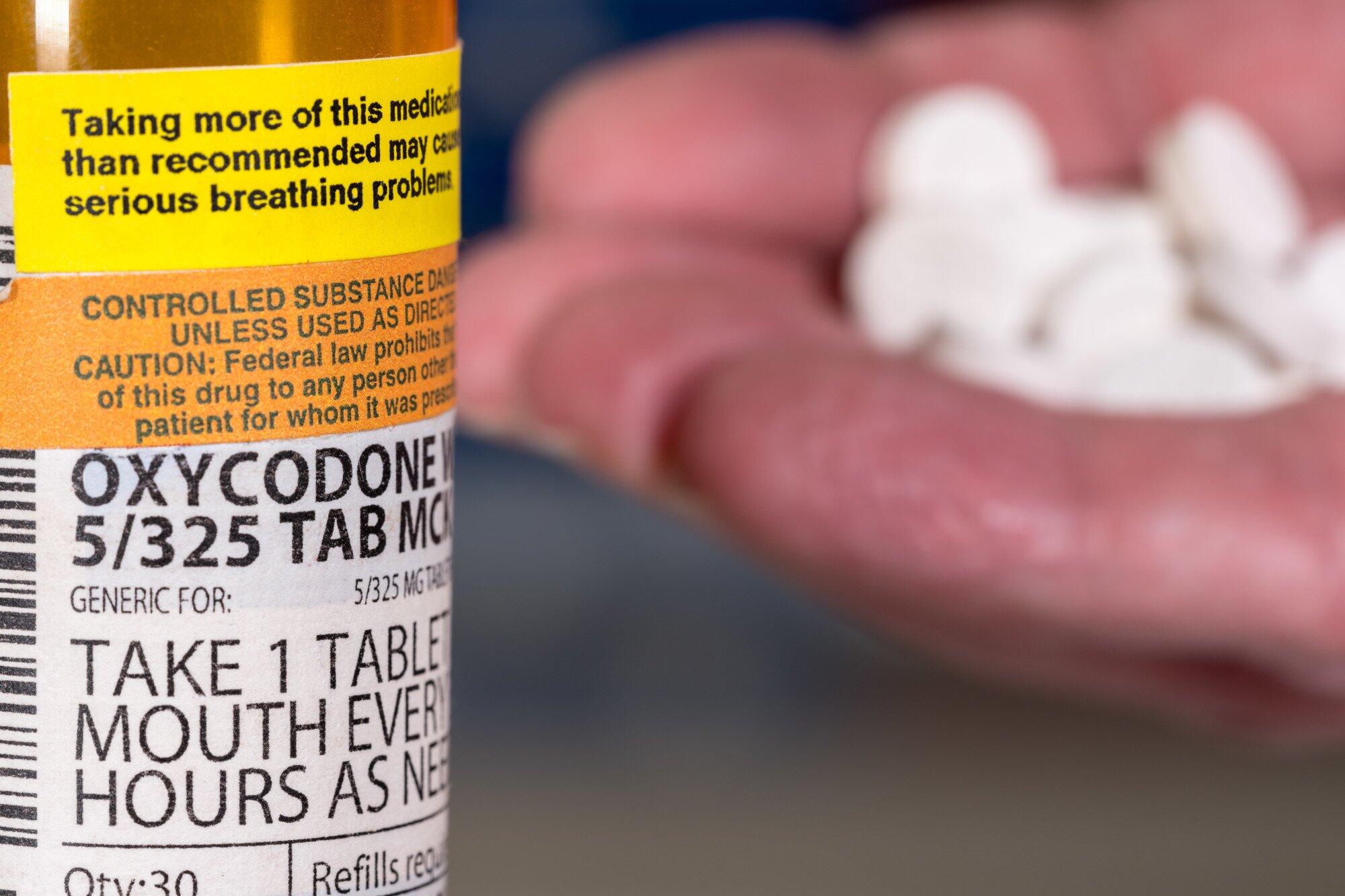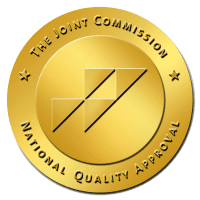Opioid use is rampant in the U.S. What often starts out as a pain prescription after an accident or injury can quickly turn into a full-blown addiction before you know it.
If you’re taking Oxycontin, you may be asking, ‘How long does Oxycontin stay in your system?’ Understanding the effects and lifespan of the drug you’re taking is important for your health and safety.
Here’s a guide to how long Oxycontin stays in your system after use.
What Is Oxycontin?
Oxycontin is a name brand of the drug oxycodone. It’s a powerful opioid used for managing moderate to severe pain.
Unfortunately, Oxycontin’s potency and euphoric effects make this medication highly addictive. What begins as a prescription to deal with chronic pain, a serious injury, or cancer pain often becomes a major source of addiction.
Oxycontin use depresses the central nervous system to relieve pain. It’s a federally controlled substance that works on the opioid receptors or pleasure centers of the brain.
How Does Oxycontin Work?
Oxycontin changes how the brain and central nervous system react to pain signals. The drug works to block severe pain by binding to the mu-opioid receptor.
This relieves pain and floods the brain with feel-good hormones, giving the user a calm, relaxing, euphoric effect. Most doctors prescribe a small dose and may increase it until the user experiences pain relief.
This regular usage over time can lead to serious addiction. Individuals taking Oxycontin begin to feel the effects in 20 to 30 minutes of ingestion. The drug peaks in concentration around one to two hours after you take it.
Oxycontin Misuse
Oxycodone is a Schedule II drug and a controlled substance. This indicates the potential for misuse is very high.
The drug provides pain relief and floods the brain with dopamine. This can quickly lead to misuse and drug-seeking behaviors. You can become addicted without realizing your increasing dependency on the drug at first.
Dependency on Oxycontin can create many issues for the user, including problems at work, money issues, self-isolation, and family estrangement. Drug dependency can creep up on you at any age. Anyone can develop an addiction, and it’s not a sign of weakness if that’s what you’re facing.
You may have started using more Oxycontin than you should. Some people feel like it makes them more relaxed or comfortable in social settings. This will only work for so long until the devastating effects of the drug begin to surface.
A drug addiction can wreck your physical and mental health and ruin your personal relationships. The more Oxycontin you take, the higher your tolerance becomes.
This leads to a situation where you need more and more to achieve the initial effect.
Some adverse effects of Oxycontin use include:
- Chronic sinus infections
- Lung infections
- Severe headaches
- Withdrawal symptoms
- Kidney problems
- Liver problems
- Insomnia
- Difficulty swallowing
How Long Does Oxycontin Stay in Your System?
To understand how long a drug stays in your system, you have to consider its half-life. This is the time it takes for half of the substance to leave your system.
Immediate-release oxycodone has a half-life of 3.2 hours. Extended-release formulations like Oxycontin have a longer half-life of 4.5 to 5.6 hours.
It takes more than one half-life to eliminate Oxycontin from the body. This process varies by person and the drug formulation, so the half-life of Oxycontin will vary.
Factors that affect a drug’s half-life include:
Age and Gender
Adults over age 65 have Oxycontin blood concentrations 15% higher than younger individuals. It takes longer to eliminate higher concentrations of the drug.
Oxycontin concentrations are typically 25% higher in females than in males.
Length of Drug Use
As you use Oxycontin, it accumulates in the fatty tissues of the body over time. The longer you use a drug, the longer it takes to eliminate that substance from the body.
Kidney and Liver Function
People who have kidney or liver problems tend to metabolize Oxycontin at a slower rate than those with healthy kidney or liver function. The half-life of Oxycontin increases by up to one hour for an individual with kidney problems.
For someone with liver problems, the increase is 2.3 hours.
Use of Alcohol
The effects of opioids increase in combination with alcohol. Alcohol will increase the half-life of Oxycontin in your system. Taking any opioid with alcohol increases your risk of experiencing a fatal overdose.
Other Medications
Taking Oxycontin with other medications or illegal substances increases the chance of a dangerous drug reaction, respiratory distress, and other side effects. Even if you aren’t feeling the effects of Oxycontin, it can still be in your system.
Drug screenings can detect the presence of Oxycontin even after it’s been out of your system for 24 hours.
How Long Is Oxycontin Present in the Blood?
Oxycontin is detectable in the blood within 15 to 30 minutes after ingestion. The drug reaches its peak in one to two hours.
With a half-life of 3.2 hours, it typically leaves the system in this amount of time. There are a variety of factors that can alter its metabolism, including your age, weight, and general health.
How Long Is Oxycontin Present in Urine?
Drug testing can detect Oxycontin 24 to 48 hours after ingestion. For heavy users, the drug can be detected for up to a week.
How Long Is Oxycontin Present in Hair?
Hair tests can detect Oxycontin for a longer period than other types of screenings. The drug can be detected in hair up to 90 days after last use.
Factors That Affect Oxycontin Screening
There are a variety of factors that affect how long drugs are detectable on drug tests. Some factors that could affect testing for Oxycontin include:
- The drug’s formulation
- The dosage
- How the drug is administered
- Your age
- Your gender
- Your body composition
- Your overall health
- Other medications
- Hydration
- Nutrition
- The test itself
If you’re concerned about Oxycontin showing up in a drug test, you may want to speak to your doctor. If you have developed an addiction to Oxycontin, you’re not alone, and there is help and support available.
Oxycontin Withdrawals
If you take Oxycontin regularly, it has an effect on the brain. Your brain becomes accustomed to the presence of the drug. If you suddenly stop taking an opioid, you may experience side effects of Oxycontin withdrawal, including:
- Sweating
- Abdominal cramps
- Trouble sleeping
- Runny nose
- Muscle aches
- Yawning
- Anxiety
- Agitation
- Diarrhea
- Goosebumps
- Nausea and vomiting
- Enlarged pupils
Withdrawal symptoms vary depending on the formulation of Oxycontin you take and how long and frequently you’ve used it. Going through withdrawals is difficult and uncomfortable.
If you have an addiction to Oxycontin, you shouldn’t try to manage these symptoms on your own. Medically supervised detox can help you manage the symptoms and make the process more comfortable for you.
It is possible to recover from an opioid addiction and go on to live a happier, healthier life.
Seeking Help for an Addiction
If you’re concerned about whether oxycontin will be present in a drug test, it may be a sign that you need drug addiction recovery. If you’re abusing Oxycontin or taking more than your doctor prescribed, you may have an opioid addiction.
Opioid addiction is rampant across the U.S. If you’re suffering from an addiction to Oxycontin, you aren’t alone.
Recovery from Oxycontin addiction is a difficult process. It takes a desire to get clean and effective treatment for a long-lasting recovery.
There can be setbacks on the way to sobriety, starting with the detox process. Some drug users put off treatment out of fear of withdrawal.
Medication-assisted detox can help make this first step easier and get you on the road to recovery. Drug treatment centers vary in their approach to treating opioid addiction.
The best programs use an individual approach and a drug assessment to determine your diagnosis and the type of treatments that will help you most.
Counseling early in recovery can help you open up and discover the root causes of your addiction. There are inpatient and outpatient treatments available depending on your needs.
Counseling is a key part of treatment and can help you come to terms with issues surrounding your addiction. Some possible issues include:
- Understanding why your addiction began
- Confronting trauma from your past
- Identifying potential triggers
- Building coping skills for managing life day-to-day
A comprehensive treatment program is essential to help you break free from Oxycontin addiction. With the right treatment and support, you can gain new meaning in your life and move on to a healthier, sober lifestyle.
Find the Right Drug Treatment Center for You
Opioid use is at an all-time high, and addiction is rampant. If you find yourself addicted to Oxycontin, you may be feeling hopeless about tomorrow.
If you’re concerned about how long does Oxycontin stay in your system, that’s a good indication you may need help. The good news is there’s help available to help you kick your addiction and have long-lasting freedom from this destructive substance.
At Purpose Healing Center, we know the first step toward sobriety isn’t easy. Our addiction specialists will help you every step of the way with individualized treatment based on your particular needs.
If you’re ready for a more purposeful life, Contact Purpose Healing Center today to get started.



